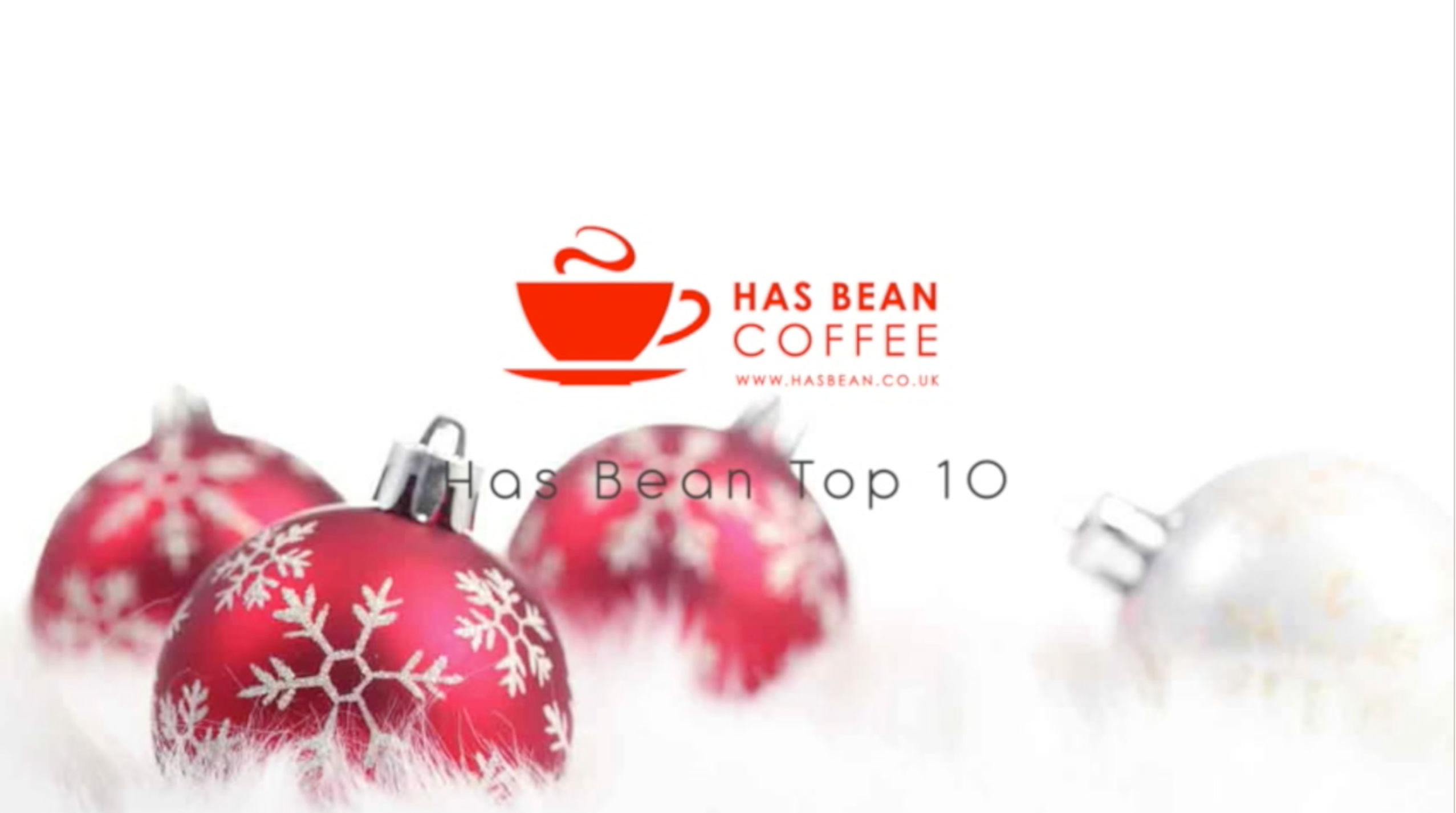So we reach the summit again. I promised you 7 coffees in 7 days (after the previous 7 coffees in 7 days) and you have them all. I thought I would finish with a stormer !!
From the same farm as two of the others added, this is like its brothers amazing, but also uniquely different too. Any way read on.
Introducing a coffee we have seen before, but this time it joins us as a UK exclusive and direct trade offering, and one I am very happy to have in that stable.
The story starts back in 2009 when it seemed like we had been searching for a great Colombian coffee forever. This had been much harder than it should have been, with Colombian yields massively down and lots of the coffee being hoovered up by people with big pockets who just need to have a Colombian, regardless of the quality.
We stocked the 2009 Typica crop from the Mirador region of this farm and it was only a small lot, but it was so popular and so enjoyed that it was gone in two and a half weeks. We had expected it would last until the new crop was due to arrive, many weeks later. So we stocked a good amount of it last year (and it still flew out the door). So I am very pleased to get some of the Typica al be it from a different section Galpon.
The farm has become a favourite farm and producer. But this year we found out from Camilo that the importer would not be bringing in the coffee and all the hard work, searching, and cupping would be wasted. So cue the music and a flight to Colombia (tagged on to the start of my trip to the World Barista Championships); I flew out to see Camilo and to try to fix this.
A few days with Camilo and you realise that he is the future of the Colombian coffee industry. I’ll try and quantify that statement; for years Colombia has had a great reputation, and has achieved great prices (even when markets were low the Colombian differential was always high). But changes in climate and issues with plant diseases (leaf rust is a huge problem in Colombia) have put pressure on yields, and so put pressure on farms to change traditional plant stock for that of more disease resistant strains such as Castillo, Catimore, and Colombia. The problem with this is that these varietals don’t take into account what’s important to me: how it tastes.
Camilo is working with varietals purely for their intrinsic taste values and to make the best farm; not just in the region or in Colombia, but the world. He is constantly asking questions, working with interesting irrigation ideas to work against the change in climate, even building a giant greenhouse for an experimental lot of growing coffee under cover.
This crazy approach to growing coffee is nothing new to Camilo; he bought land that Santuario now sits on, before it had any coffee on it at all. The land had previously been grazing ground for cattle. It was barren and in a rather bad way, but it seemed there was potential for great Colombian coffee to be grown. With an altitude of 1800-2100 metres, low temperatures at night (but not too low), and high temperatures during the day (again not too high), the land had possibilities. With active agronomy, soil management, and careful varietal selection, this farm is now one of the most amazing coffee experiments I have seen. If I were to build a farm (and one day I hope this will happen), this would be the model I would follow. Camilo has selected Typica and Bourbon as the main crop (80%) and experimental lots of Geisha, Maragogype, and Mocha (20%). You can see by the map below that this farm has been meticulously planned and every piece designed to fit in with each other. With further plans to extend the varietal stock and build a wet mill, this farm will continue to become a benchmark for farm design, and to show that quality coffee can achieve the premiums that are needed to maintain this style of farm.
So, in the cup this Typica has a far bigger sweetness compared to that the Bourbon. This is sweet milk chocolate, with a more subdued acidity which is still present but just the volume of turned down. Stoned fruit but this time apricot and there is also a hint of a vanilla pod in the aftertaste that’s a real delight. I said this last year but both of these varietals, the Typica and Bourbon, are amongst some of the most complex tasting coffees I have ever cupped.
<click to enlarge>
Coffee: Finca Santuario Galpon Typica Bourbon
Farm: Finca Santuario Heliconias
Varietal(s): 100% Typica
Processing: Washed
Altitude: This lot 2050 metres above sea level rest of farm (1890 – 2010)
Farm Size: 135.4 hectares
Coffee growing size: 62.9 Hectares
Owner: Camilo Merizald
City: Cali
Region: Cauca
Country: Colombia

About the author Just Steve Leighton
I'm just Steve Leighton
-

6 November, 2019
-

15 May, 2019
-

1 January, 2019
All posts by Just Steve Leighton →Coffee Transaction Guide
Organic Certification
Steve and Roland Top 10 of 2018